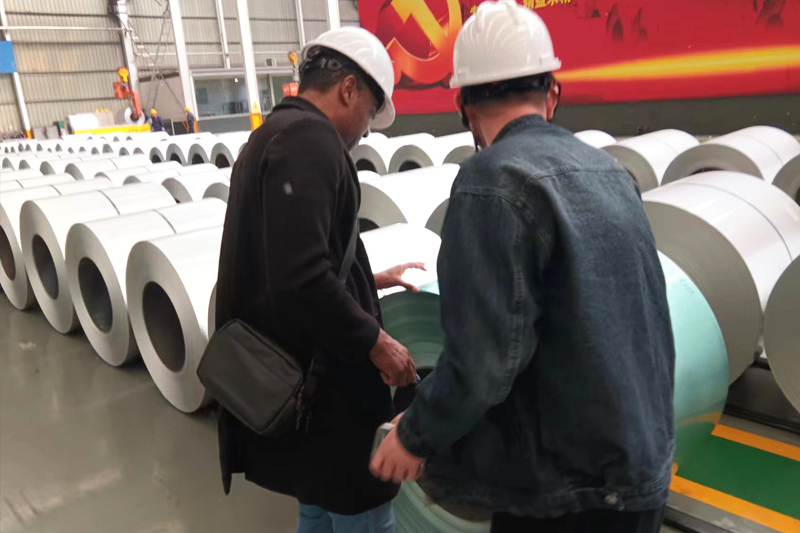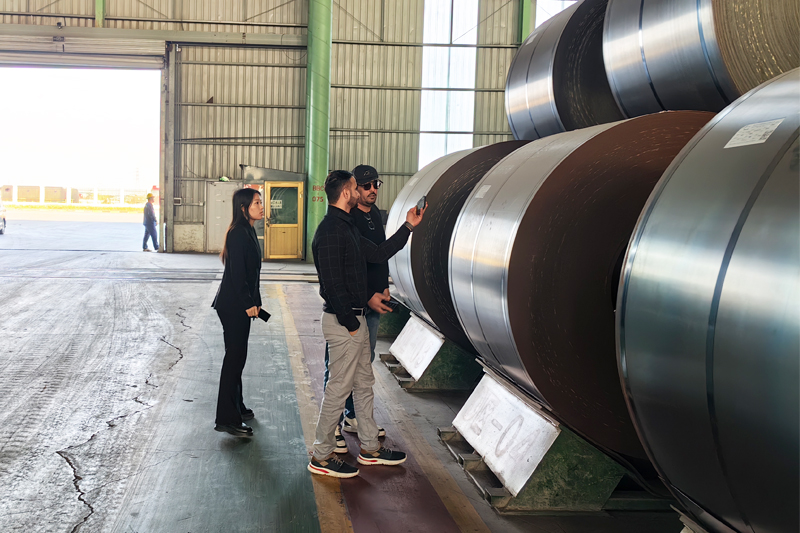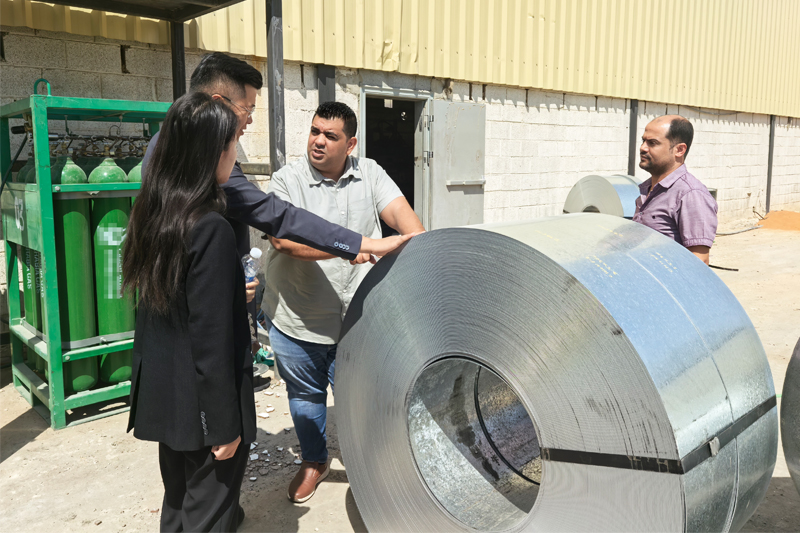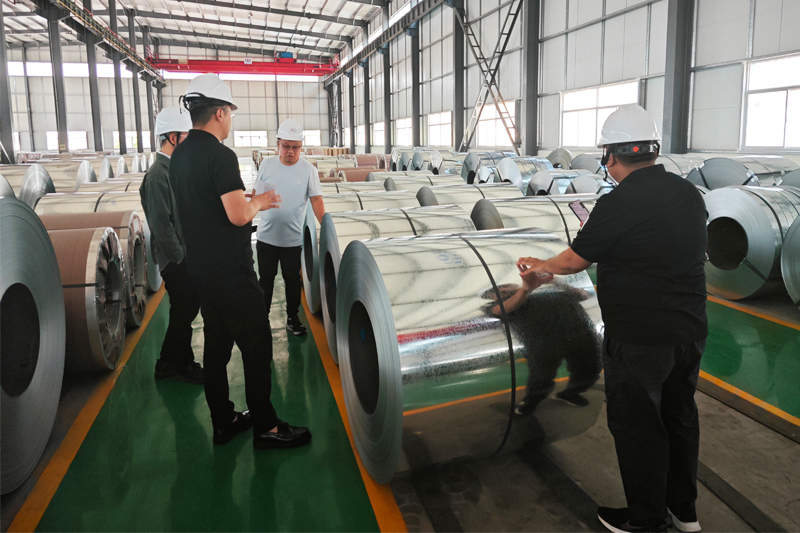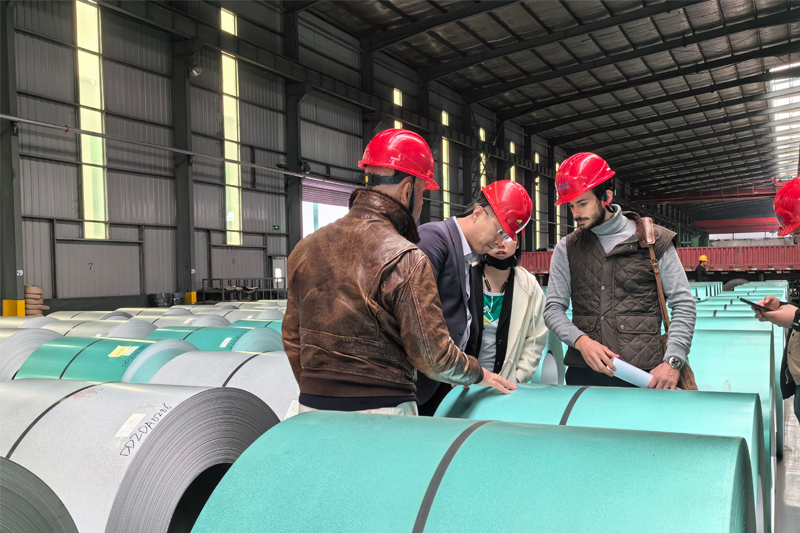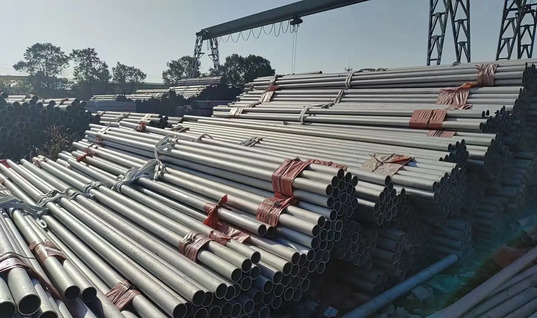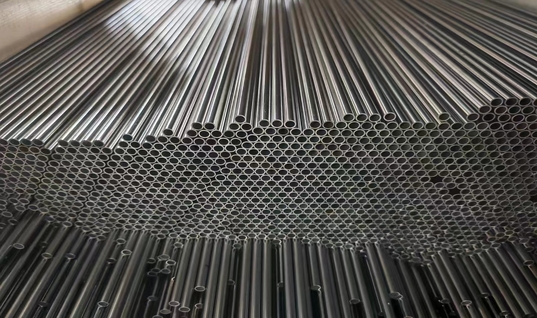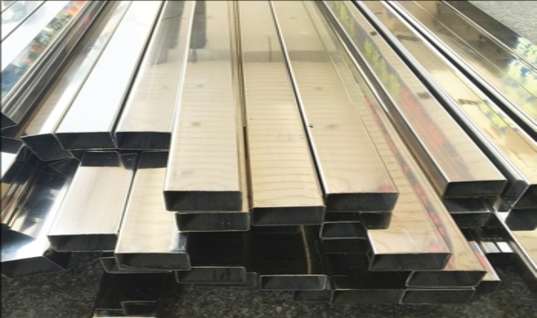Europe's energy transition is not just a shift in energy sources but a comprehensive transformation of the entire energy system. In this process, the demand for high - performance, low - carbon materials is escalating, and stainless steel pipes have emerged as a vital component. Their unique characteristics make them indispensable in various energy - related projects, especially when considering the specific requirements of European energy use and the pursuit of low - carbon goals.
Technical Innovations in European Energy - Use Stainless Steel Pipes
To meet the diverse needs of Europe's energy transition, continuous technical innovations are being made in stainless steel pipes for energy applications. One notable advancement is the development of super - duplex stainless steel pipes. These pipes have a higher chromium, molybdenum, and nitrogen content compared to standard duplex stainless steels, which enhances their corrosion resistance and mechanical strength. This makes them particularly suitable for offshore wind farms, where they are exposed to both seawater and high mechanical stresses.
Another innovation is the improvement in the manufacturing process of stainless steel pipes. Advanced welding techniques, such as laser welding, are being employed to ensure stronger and more uniform welds. This not only increases the structural integrity of the pipes but also reduces the risk of leaks, which is crucial for the safe transportation of energy resources like hydrogen and natural gas.
In addition, the integration of smart technologies into stainless steel pipes is gaining momentum. Some pipes are now equipped with sensors that can monitor parameters such as pressure, temperature, and corrosion levels in real - time. This data is transmitted to a central system, allowing for predictive maintenance and early detection of potential issues. This not only improves the reliability of the energy infrastructure but also reduces the need for frequent manual inspections, thereby lowering operational costs and carbon emissions.
Policy Support for Low - Carbon Stainless Steel Pipes in Europe
The European Union and its member states have implemented a series of policies to promote the use of low - carbon materials, including low - carbon stainless steel pipes, in the energy sector. The European Green Deal, a key policy initiative, sets out a framework for achieving climate neutrality by 2050. It encourages the use of sustainable materials in infrastructure projects, providing financial incentives and subsidies for the adoption of low - carbon stainless steel pipes.
For example, in Germany, the Federal Ministry for Economic Affairs and Energy offers grants for renewable energy projects that use environmentally friendly materials, including low - carbon stainless steel pipes. This has stimulated the demand for such pipes in wind and solar energy installations across the country.
France has also introduced regulations that require public energy projects to meet strict carbon footprint standards. Low - carbon stainless steel pipes, which have a lower emissions intensity during production compared to traditional steel pipes, are more likely to be selected for these projects. This not only drives the market for low - carbon stainless steel pipes but also pushes manufacturers to adopt more sustainable production methods.
The Role of Low - Carbon Stainless Steel Pipes in Hydrogen Infrastructure
Hydrogen is set to play a pivotal role in Europe's energy transition, and low - carbon stainless steel pipes are essential for the development of a reliable hydrogen infrastructure. The production of low - carbon stainless steel pipes involves using renewable energy sources in the manufacturing process, such as solar or wind power, which significantly reduces their carbon footprint.
When it comes to hydrogen transportation, low - carbon stainless steel pipes offer several advantages. As mentioned earlier, they are resistant to hydrogen embrittlement, ensuring the safe and efficient delivery of hydrogen. Moreover, their low carbon content aligns with the overall goal of reducing greenhouse gas emissions in the hydrogen value chain.
In countries like the Netherlands, which is actively building a hydrogen pipeline network, low - carbon stainless steel pipes are being prioritized. The Dutch government's hydrogen strategy emphasizes the importance of using low - carbon materials in infrastructure to maximize the environmental benefits of hydrogen. This has led to partnerships between steel manufacturers and energy companies to develop and deploy low - carbon stainless steel pipes specifically for hydrogen transportation.
Market Prospects of Stainless Steel Pipes in European Energy Transition
The market for stainless steel pipes in Europe's energy transition is poised for significant growth. The increasing number of wind farms, solar parks, and hydrogen projects across the continent is driving the demand for high - quality stainless steel pipes. According to industry reports, the European stainless steel pipe market for energy applications is expected to grow at a compound annual growth rate of over 5% in the next decade.
The growing focus on low - carbon solutions is also boosting the market for low - carbon stainless steel pipes. As more energy companies and project developers commit to achieving net - zero emissions, they are willing to invest in higher - cost but more sustainable materials like low - carbon stainless steel pipes. This trend is likely to continue as carbon pricing mechanisms become more stringent in Europe, making low - carbon options more economically viable.
In conclusion, stainless steel pipes, especially low - carbon ones, are set to play an even more crucial role in Europe's energy transition. With ongoing technical innovations, strong policy support, and growing market demand, they will contribute significantly to building a sustainable, reliable, and low - carbon energy infrastructure in Europe. As the energy transition progresses, it is essential for manufacturers, policymakers, and industry stakeholders to collaborate closely to further enhance the performance and sustainability of stainless steel pipes for energy applications.


